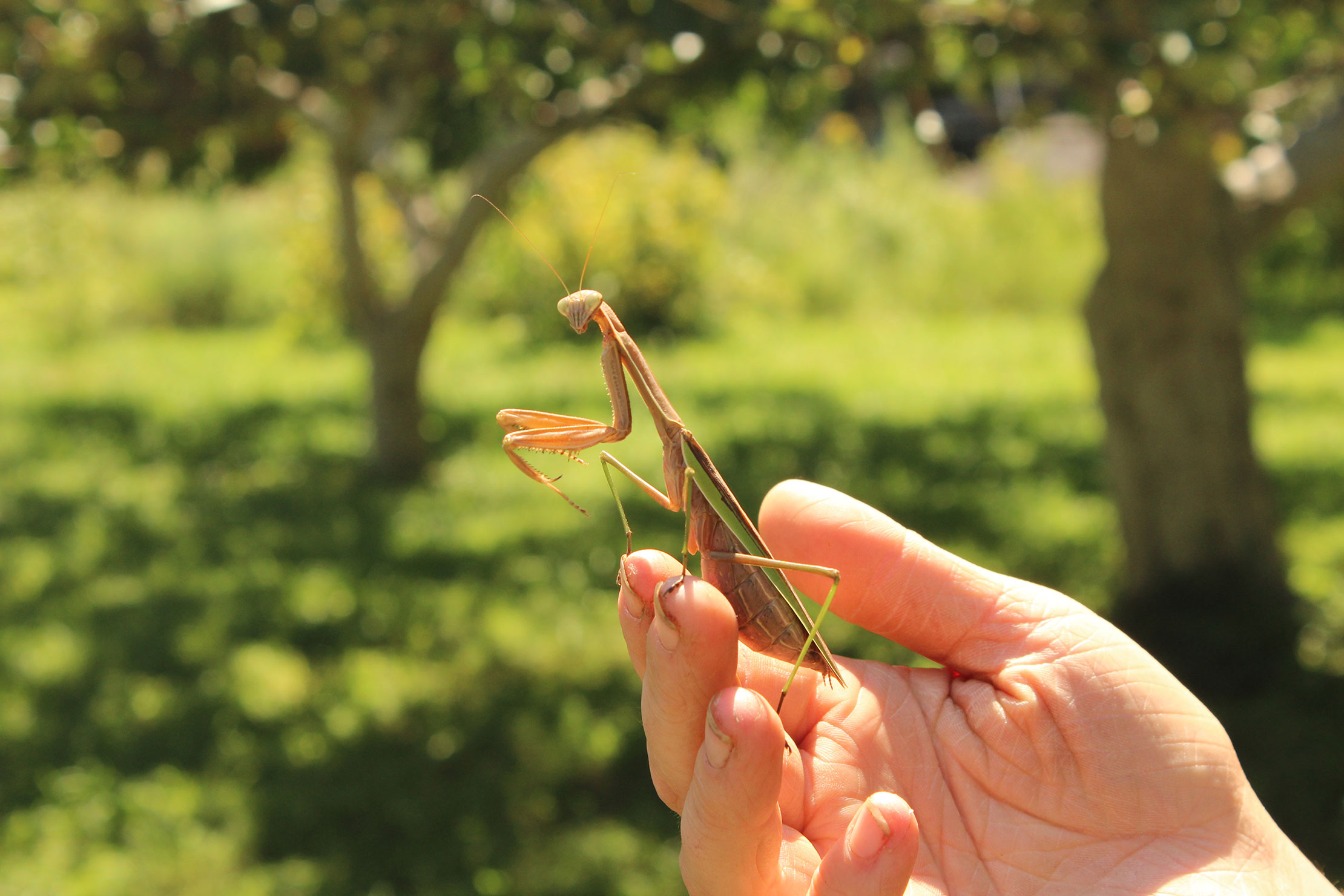Gr-grr-growl!

Be careful when you’re out and about at this time of year. You don’t want to be bitten by the ‘lion’s teeth’! We’re kidding about the biting part, but there really are ‘lion’s teeth’ to be found wherever there are dandelions: Dent-de-lion (French for lion’s tooth) brings us to our name, dandelion. To find these teeth, first locate the well-known yellow flower and follow the stem down to the ground. Radiating out from the base of the plant, sometimes very flat on the ground, you will find the toothed leaves. Some people think they look like little pine trees.
Did you know…
…that the first dandelions were brought to this country by the early European settlers?
…that the dandelion has been used for thousands of years as a spring tonic, liver support, a great source of vitamins, wine, and a coffee substitute?
…that the official name for the dandelion is Taraxacum Officinale, which means “the official remedy for disorders”?
…some gardens in Europe are used only to grow dandelions, and any grass that grows is considered a weed and pulled out?
…the success of this plant in being found almost everywhere is due to its quick growth, long lifespan (maybe 4-6 years!), long taproot (up to 15 feet!), a preference for disturbed areas, prolific seed production (those white and blow-able make-a-wish seeds), and an ability to regenerate from only a small bit of root stock?
There’s a book about dandelions that we like a lot: The Teeth of The Lion – The Story of the Beloved and Despised Dandelion, written by Anita Sanchez and published by McDonald and Woodward Publishing Company.




